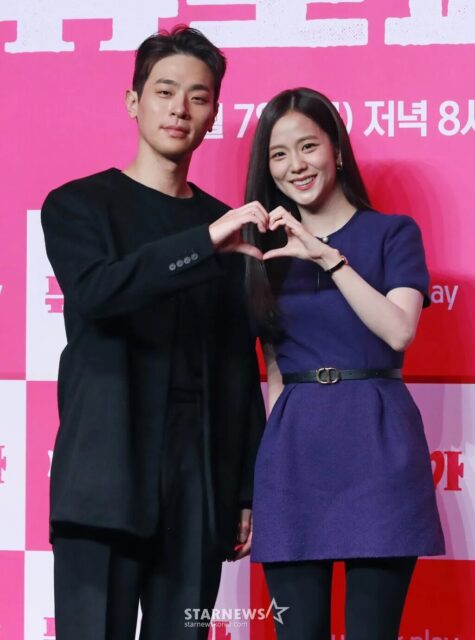On April 1, the United States Citizenship and Immigration Services (USCIS) instituted a huge increase to the cost of a visa for foreign artists in the country that could have a major impact on the K-Pop touring industry.
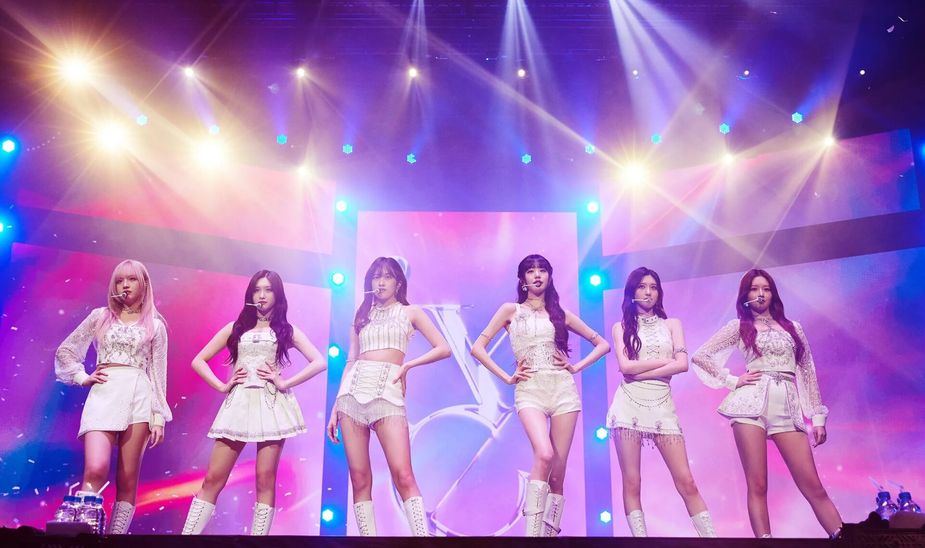
Before this date, the cost for an artist from outside of the U.S. to apply to perform in the country was $ 460 USD. And for artists who have filed this paperwork before April 1, that still stands. However, moving forward, the application will now cost a whopping $ 1,615-$ 1,655 USD per person — an increase of over 250%.
That means that the cost of, say, a seven-member group such as BTS has gone up from $ 3,220 USD to $ 11,305-$ 11,585 USD, and that’s just for the members alone. Each individual staff member such as stylists, managers, bodyguards, and backup dancers also has to submit and get an application approved, quickly adding up the toll.
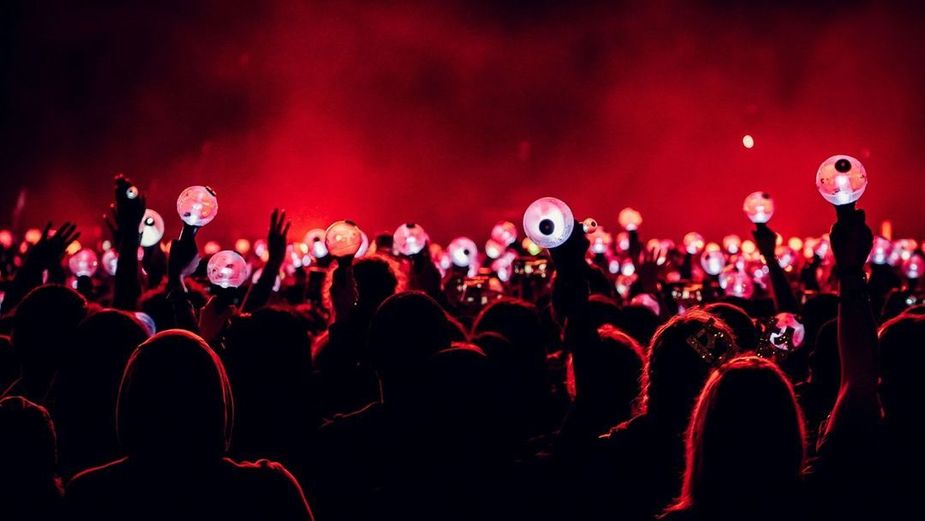
Additionally, if an artist has to get expedited processing for their application so it doesn’t take months to get approve, there’s an added $ 2,805 fee per application. And if, for some reason, an artist’s application isn’t accepted, there is no refund.
There are two reasons for such a sudden and massive hike in the visa fee. The first is that there was supposed to be a smaller increase several years ago, as prior to 2016, there was a fee increase every four years to keep up with inflation. Due to a block by a federal judge in 2019, however, this didn’t happen, and then the COVID pandemic happened, meaning that the fee has remained the same since 2016. The other reason is that the application process itself has become much more complicated and time-consuming: While the applications were only 2-3 pages long a couple decades ago, they now can be closer to 20.
And those are just the forms before supporting evidence. Now I’m submitting documents that are 200 pages, 300 pages long just to explain why this band should be traveling throughout the United States.
— Castro of BAL Sports and Entertainment Practice
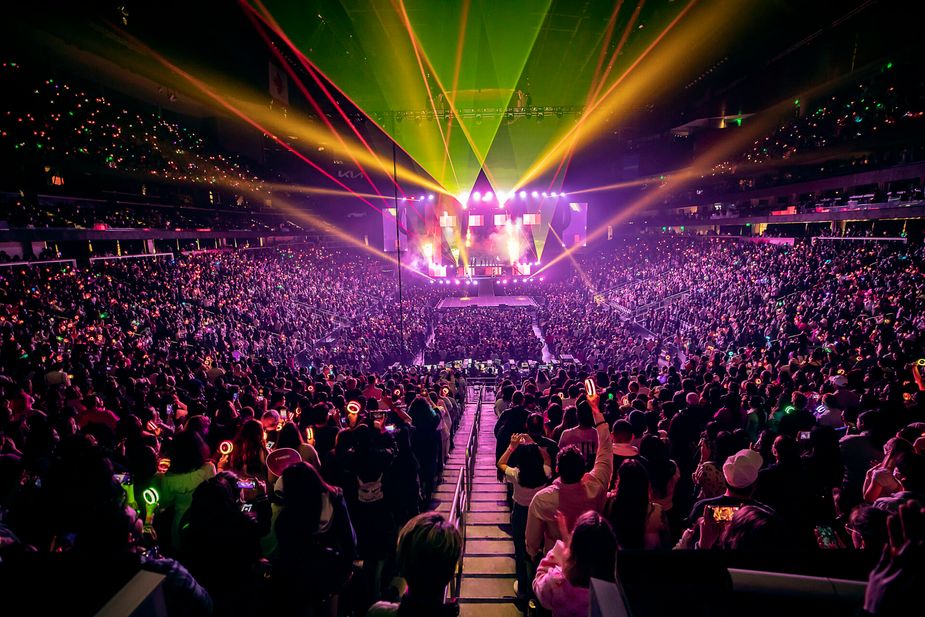
So what does this mean for K-Pop artists? While a fee such as this likely won’t have a huge impact on the biggest names in the industry, it will be much more difficult for artists from small labels to be able to afford a U.S. tour. Some of these artists might have to skip the United States entirely and focus on other countries in order to save money, which in turn damages the richness and diversity of the music industry.
You’re going to see a decrease in international acts coming to the United States. And maybe it’s decreased frequency more than a decrease in the absolute number. We’ll see less and less emerging artists. The harder you make it for them to come to the United States, the less you’re going to see them here. It’s not just the mid-sized venue in Cleveland that will feel it, but the parking lot down the street, the restaurants and bars people go to before and after.
— Castro of BAL Sports and Entertainment Practice

Some artists might end up having longer tours in the U.S. to make up for the cost of their visas, while others could try to employ more U.S.-based staff such as backup dancers and stylists in order to limit the number of applications needed.
Understandably, K-Pop fans have a lot of concerns about this change and how it might impact the artists that are able to afford to tour in the United States moving forward.
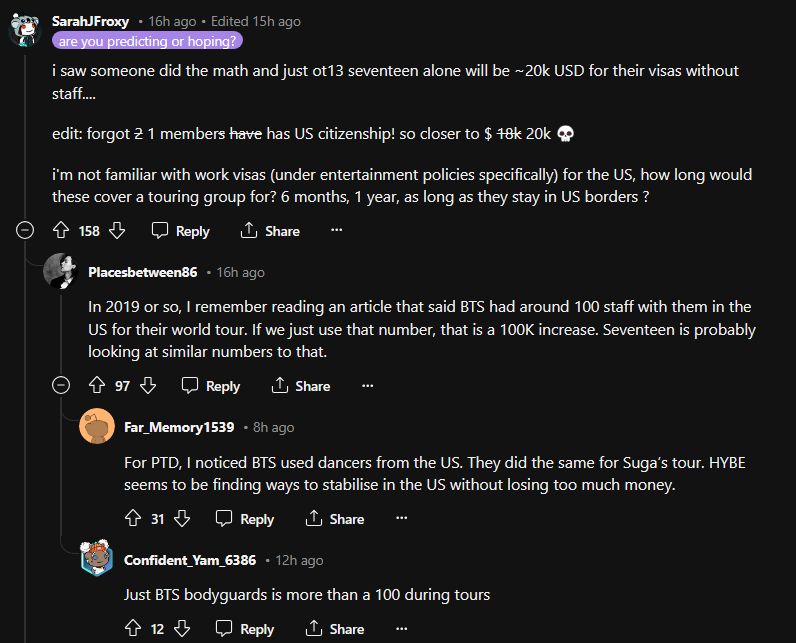
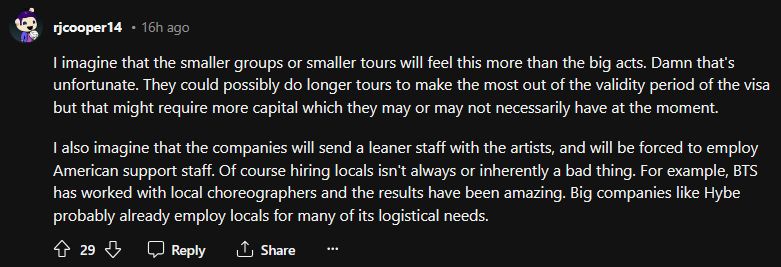
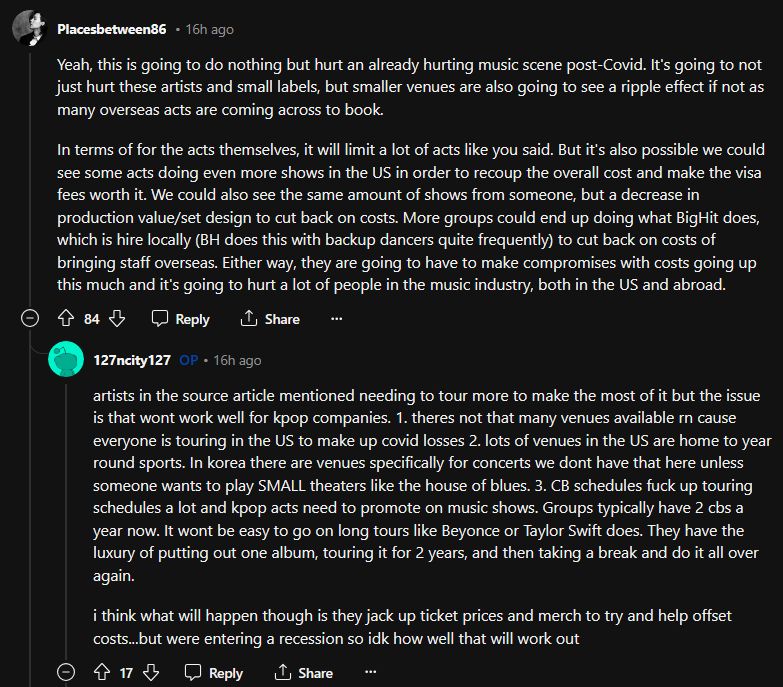
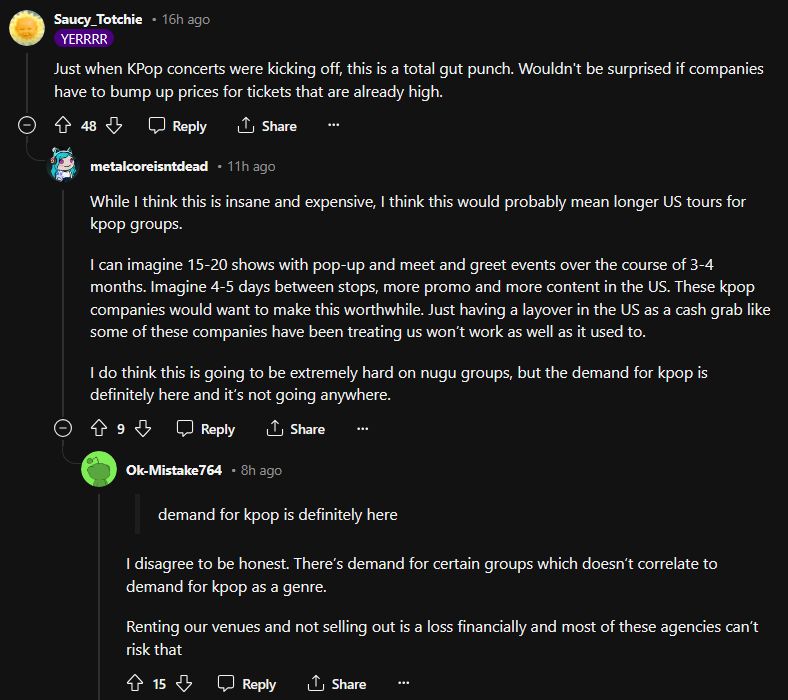
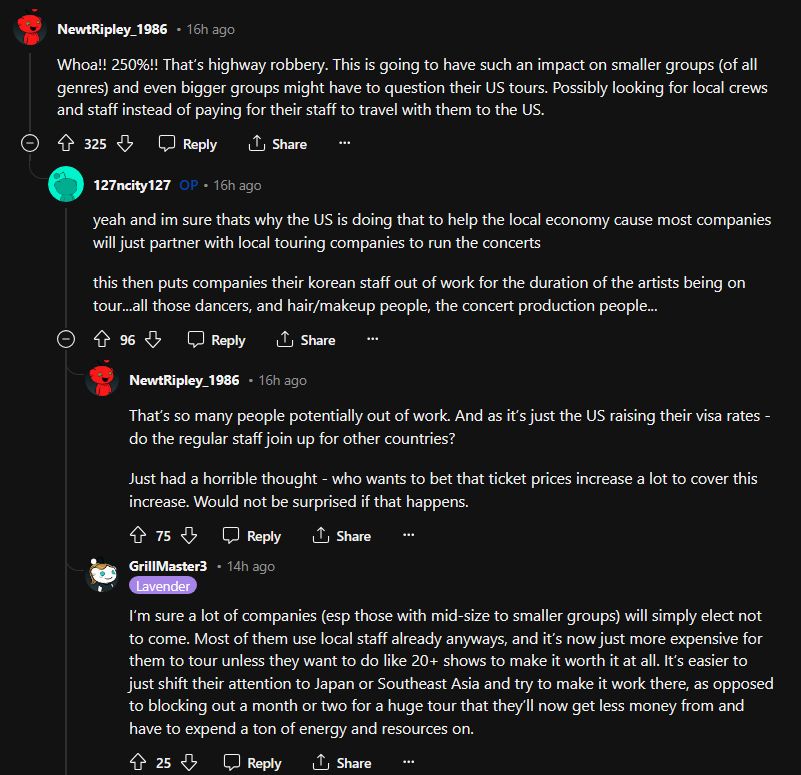
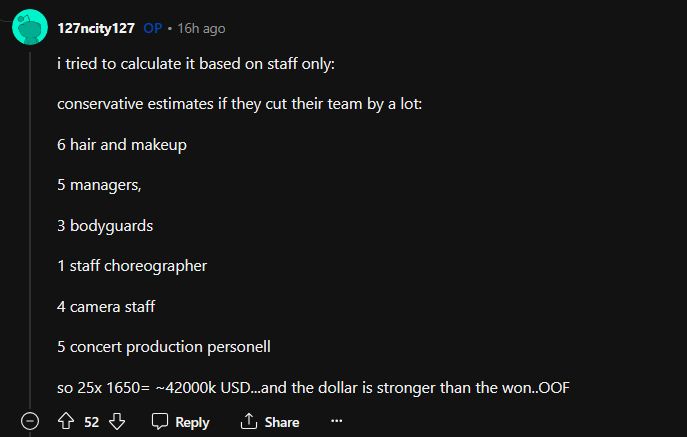
One commenter did share some further insight about why such a massive increase was implemented, though it’s little comfort to fans and artists who will have to handle the consequences of the change.
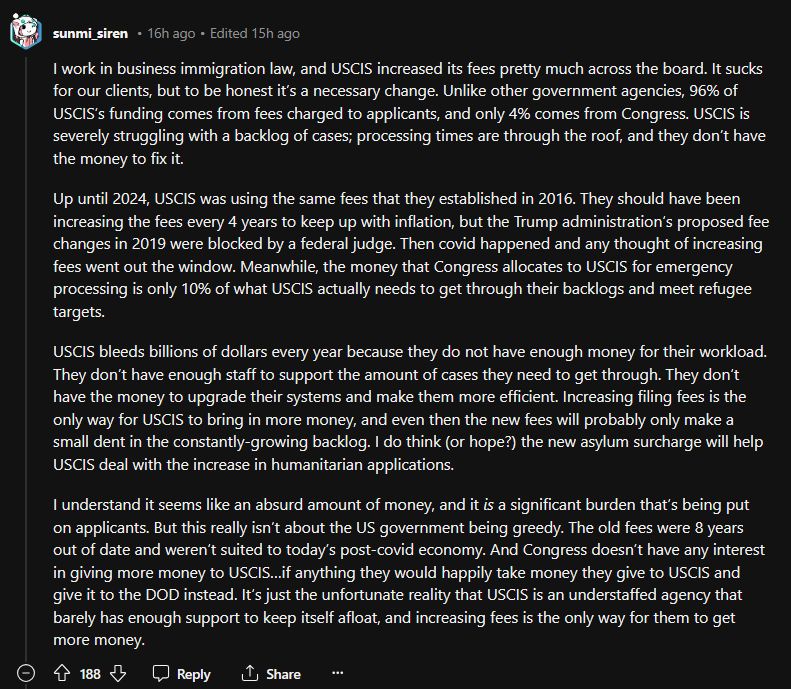
We’ll have to wait and see just how much this does end up impacting the K-Pop music culture that has been growing steadily in the U.S.
Source: AP News and Reddit




